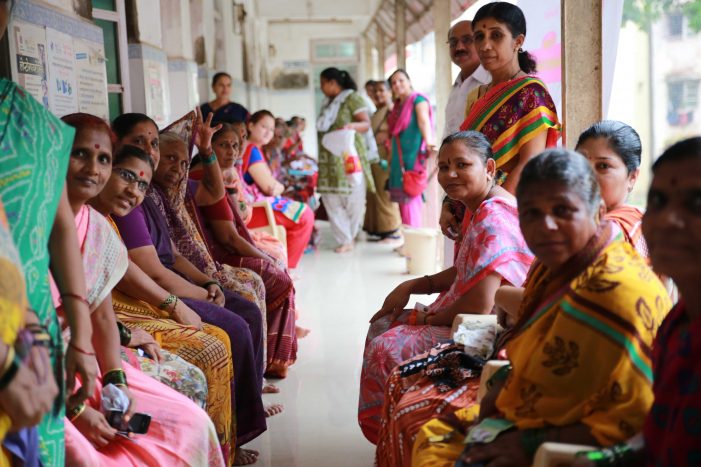
As social consultants and development sector practitioners, we are on a constant mission to create meaningful, impactful change. But sometimes, the best of intentions can unintentionally cause harm. This is particularly true in conflict-affected contexts, where well-intentioned social development projects can exacerbate existing tensions and contribute to violence and instability.
The Do No Harm (DNH) framework is a conflict-sensitive approach that seeks to minimise negative impact and contribute to long-term peace and stability in conflict-affected contexts. The approach encourages practitioners to take a nuanced, context-specific approach to designing and implementing social development projects. This involves analysing the potential impact of interventions on conflict dynamics and considering a range of factors that can influence the stakeholders that include prioritising conflict-sensitive interventions, engaging with stakeholders, building trust, increasing accountability, and enhancing reputation.
Incorporating the DNH framework in social development programming ensures that the interventions are sustainable and responsive to the needs and priorities of the community. This tool is widely used in peacebuilding efforts and contributes to long-term stability in the communities where they operate.
For example, a well-intentioned project that provides skilling to youth groups may inadvertently cause tension with another section of the community that feels left out. This tension can escalate into misunderstanding to conflict and ultimately undermine the positive impact of the project. In this instance, it is critical to use the DNH framework to identify potential risks and take steps to mitigate them.
Here are some ways that we incorporate the DNH framework in our work.

Analysing conflict dynamics
In most peacebuilding projects organisations analyse conflict dynamics in the communities where they operate to understand the potential impacts of the interventions on those dynamics. This includes considering a wide range of factors that can influence conflict dynamics such as power dynamics, gender dynamics, economic dynamics, social and cultural dynamics, environmental dynamics, and political dynamics.
Engaging with stakeholders
Engaging with stakeholders throughout the project cycle to ensure that their needs and priorities are reflected in the interventions. This includes engaging with both formal and informal leaders, as well as marginalized groups, to ensure that the interventions are inclusive and responsive to the needs of all members of the community.
Prioritising conflict-sensitive interventions
Prioritising conflict-sensitive interventions that contribute to long-term peace and stability in the communities for all operations. This includes identifying opportunities to address root causes of negative impact, building social cohesion, and promoting human rights and good governance.
This framework in CSR initiatives can help companies demonstrate their commitment to responsible corporate citizenship, mitigate potential risks, and contribute to SDG growth and peacebuilding efforts in the communities where they operate.
More guidelines & detailed approaches can be referred from UNSDG Good Practice Note Conflict Sensitivity Peacebuilding Sustaining Peace.pdf




